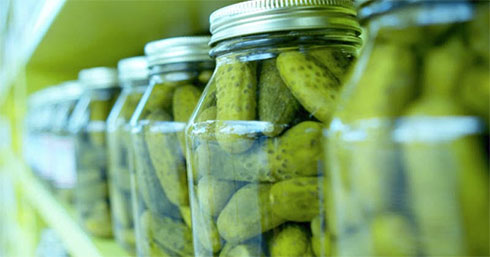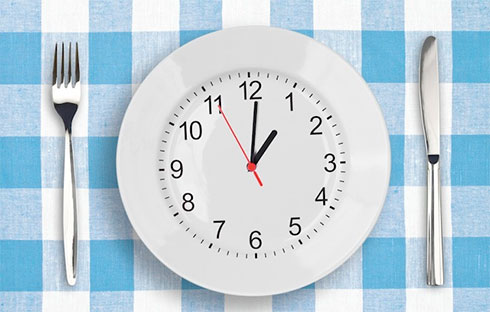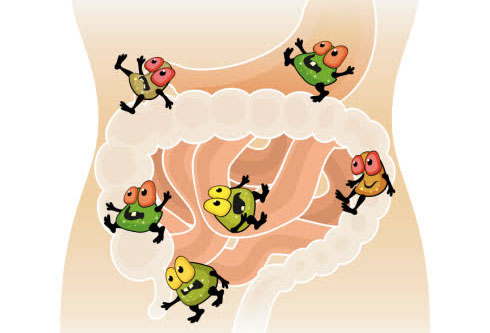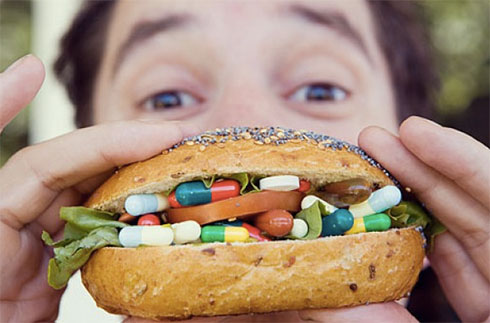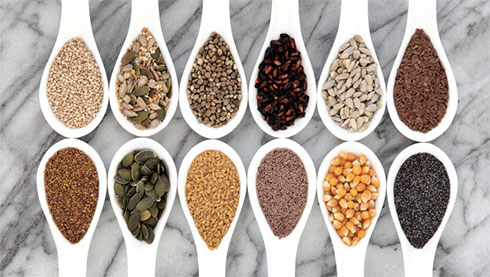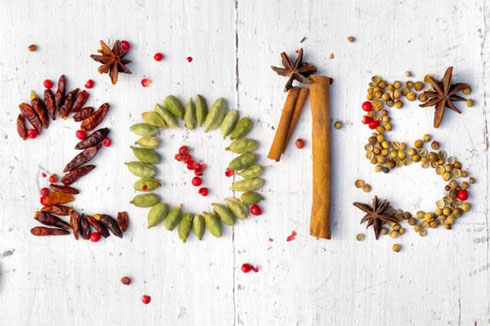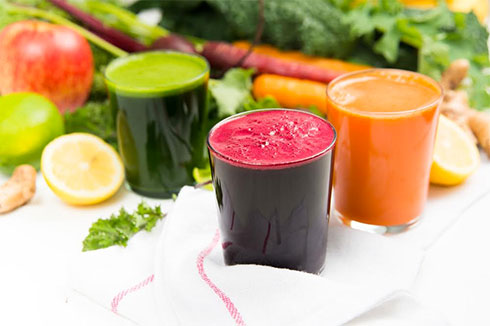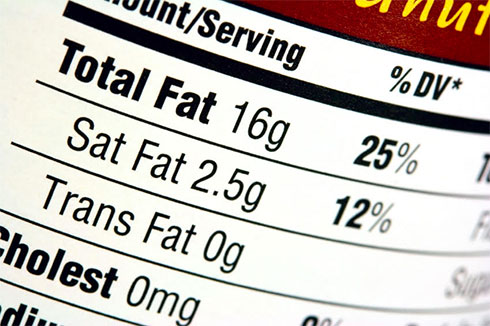
Many of us turn to salads when thinking of a low calorie meal option, yet we neglect to realize that some additions to our salad could actually sabotage the caloric amount in that salad. I thought it would be interesting to look at ways we are adding extra calories (perhaps unnecessarily) to our salads.
Going nuts with healthy fats
I’m guilty for this one. Just because olive oil is a healthy fat that does not mean we can add an abundant amount to our salads and still stay low in calories. Always keep in mind that 1 tablespoon of olive oil does has about 120 calories, adding more tablespoons could easily sway your salad to a 500 + calorie salad. Choose a nut or an avocado (not both) and limit the oil in your salad to control your calories and still get some healthy fats.
Romaine is your green of choice
With salads it’s important to discover other greens that could be added besides romaine. Many of us rely on romaine lettuce due to its availability virtually everywhere, which is a great source of vitamin A; but mixing up your greens will make sure you get plenty of fiber, feel fuller and get a variety of nutrients. Think of using rocca, baby spinach or even kale every once in a while.
No chicken please
Many of us avoid sources of protein in our salads, and we tend to get hungry again within an hour which could lead us to overeating. It’s always a good idea to add protein to any of your salads, and keep in mind that protein doesn’t just mean chicken or steak; you could also add eggs, low-fat cheese or even salmon or tuna as sources of protein.
Croutons and toppings
You’d be surprised how many added calories croutons and other toppings could add to your salad. Most croutons or breads have been deep fried to give you that crunch in your salad – and to me, crunch always means one thing -HIGH CALORIES! Beware of these added toppings even if you are having your salad as a main course. The same goes with toppings like dried fruits and nuts, yes they may be healthy but if we’re not careful with the amounts in our salad the calorie amount could go overboard. Instead, measure out your toppings and make sure you have more veggies and greens to feel full.
Extra dressing please
Now we all don’t want to have a dry salad, but dressings could increase the caloric amount of your salad to be the same of a huge burger. Really watch what dressing you choose to add to your salad. Creamy dressings are a big no-no and filled with calories, the same goes with balsamic vinegar. Unless you are buying expensive aged balsamic vinegar, most of the ones found in restaurants or even the grocery store are actually loaded with added sugars. My tip, ask for your dressing on the side, this way you can measure how much is added to your salad. Also, always aim for vinegar like apple cider vinegar or even lemon to enhance the flavor of your salad minus the added calories.
I hope you enjoy these tips, just remember that with any food – healthy or not – portion size is key.
Post by Hyatt Al Sayegh, a Clinical Dietitian and Dr. Sears Health Coach.
Founder of Fork Fed.

